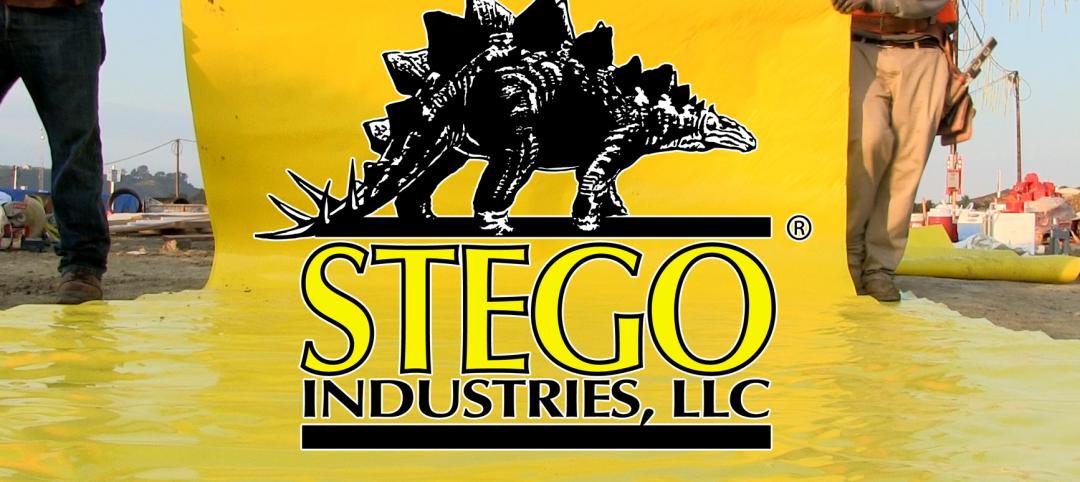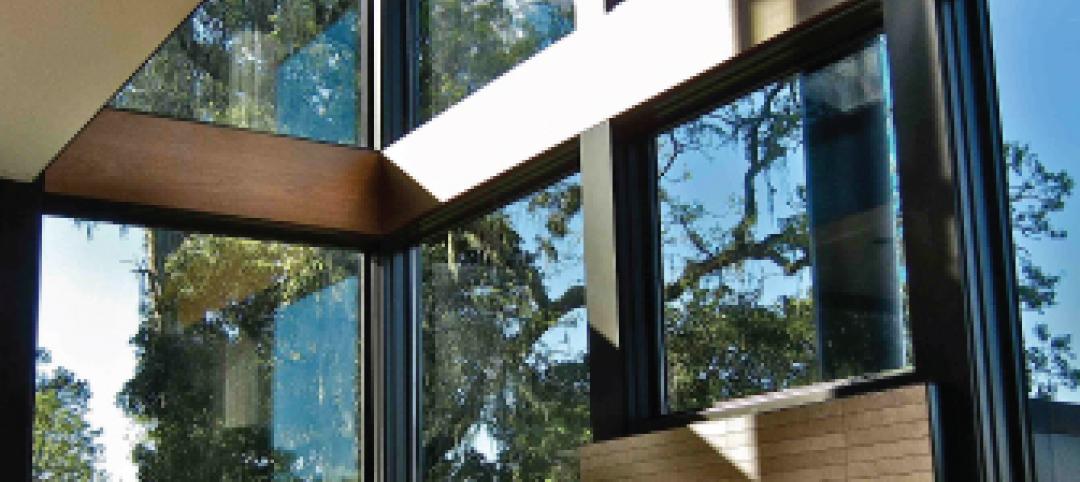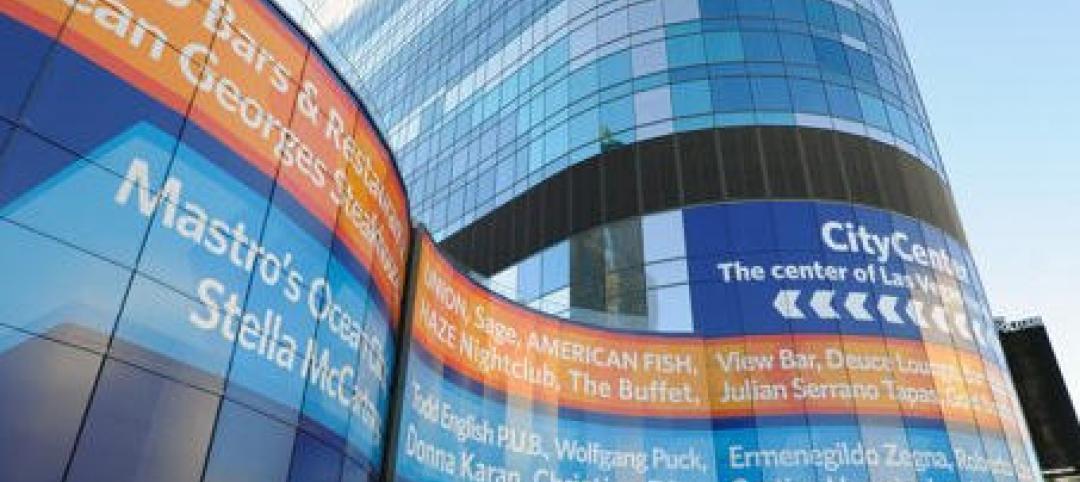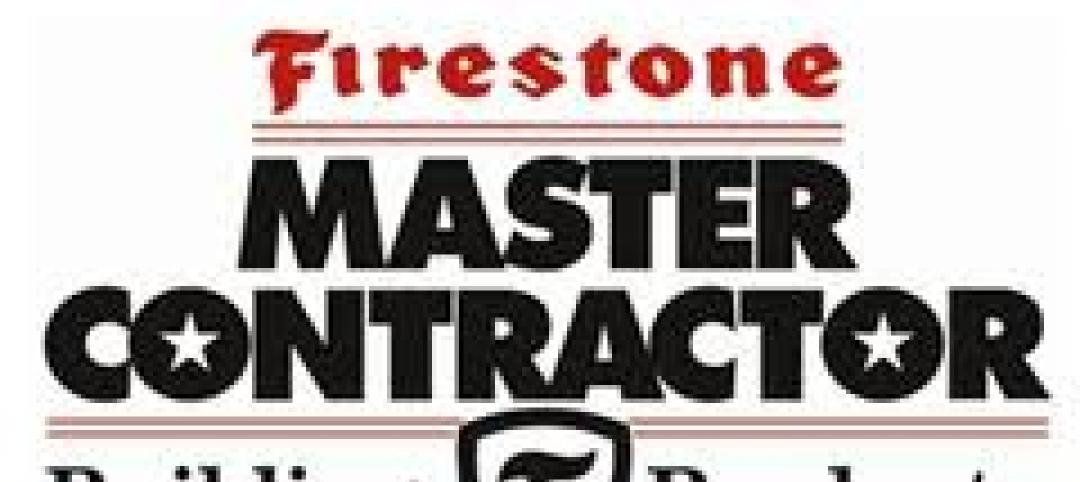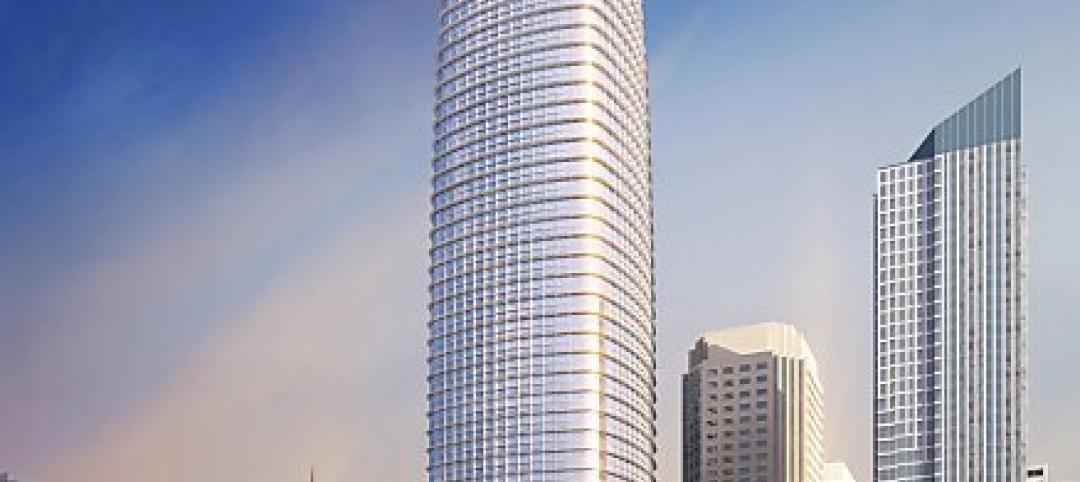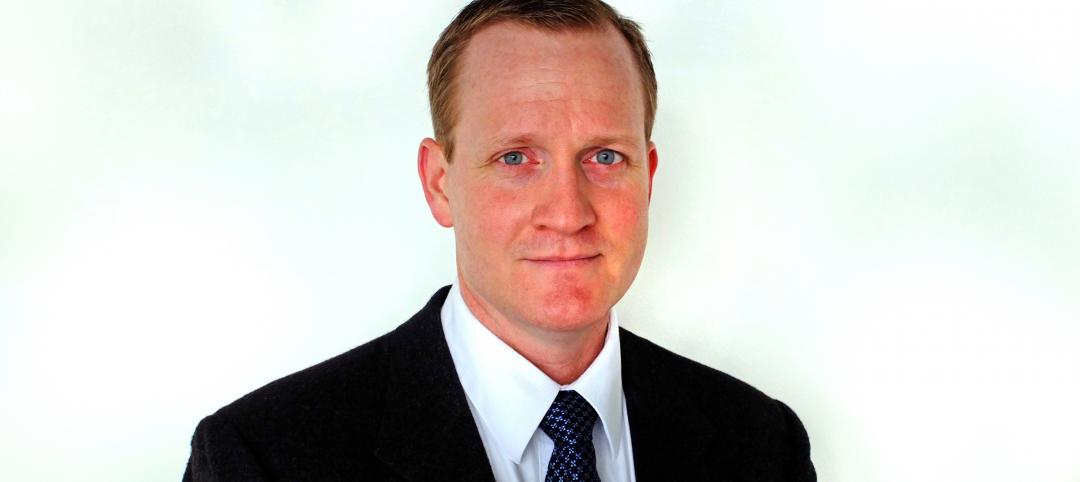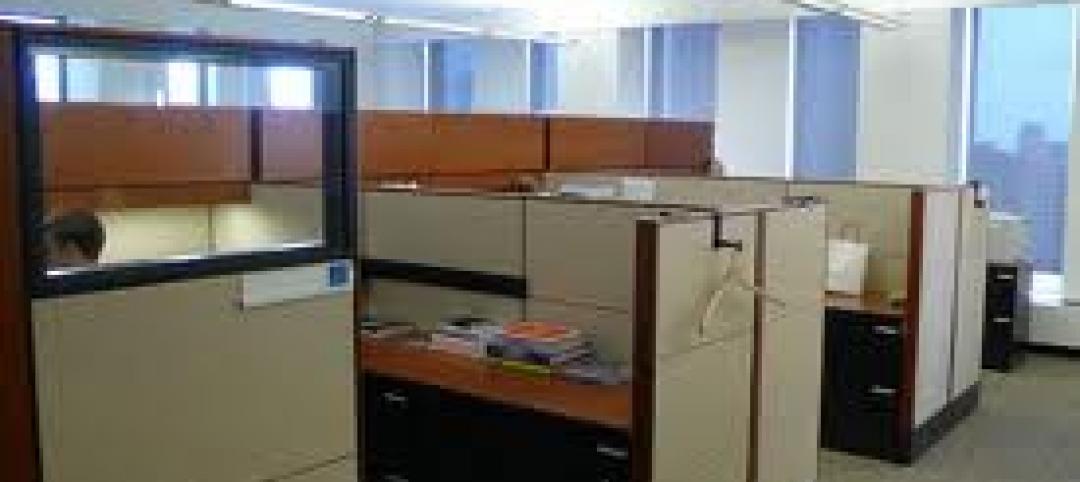Burns & McDonnell, which ranked third among Engineering/Architecture firms on BD+C’s 2018 Giants list, is launching an ambitious growth campaign that includes hiring at least 1,000 employees annually “for the foreseeable future,” and increasing the size of its World Headquarters in Kansas City, Mo., by 22%.
By year’s end, Burns & McDonnell expects to have 6,650 employees, more than half of whom will be working outside of Kansas City. The company has 11 regional offices in North America, and seven offices scattered across Europe, Africa, Asia, and the Middle East.
A 142,000-sf addition to its headquarters, which the firm is designing and building, is scheduled for completion by the summer of 2020. The company’s existing four-story 310,000-sf headquarters building opened in 2016 on a 34-acre campus in South Kansas City.
The $42 million new construction project is expected to commence in a week or two, beginning with a 550-slot parking garage, according to Brittany Swartz, a project manager in the firm’s Commercial Architecture group. The headquarters expansion will include 42 conference rooms, two large training rooms, and 780 work spaces.
Burns & McDonnell reported nearly $3 billion in revenue generated in 2017, of which $290.2 million derived from services provided for nonresidential building in several sectors that include commercial, retail, institutional, aviation, military, and manufacturing.
The firm is expanding to provide “full service solutions” for project owners that are seeking greater scheduling and budgeting certainty. Ray Kowalik, a 31-year company veteran who was named its CEO and chairman last year, adds that Burns & McDonnell had been growing and a 10-12% annual clip, which he believes can be boosted to 15%.
He cites four trends that are driving growth:
•A robust economy, favorable corporate tax law changes, and low energy prices, all of which are spurring investments in the U.S., especially in the chemicals market which is one of the firm’s largest sectors;
•The shift toward natural gas and renewable energy production that’s creating opportunities in the transmission, distribution, and generation markets;
•Greater government investment in resilience to secure and modernize aging facilities; and
•Mushrooming airport passenger traffic, and the need to find new ways to alleviate congestion at domestic and foreign terminals.
Burns & McDonnell shouldn’t have too much trouble meeting its hiring goals: it receives about 80,000 resumes per year, and the company has already hired 1,000 people in 2018, as of today’s announcement. It expects its hiring number to top out at 1,400 this year. “We’re a company that a lot of people want to work for,” says Kowalik. (In prior years, the company would typically offer employment to between 300 and 400 people, with 90% of applicants accepting.)
Kowalik says Burns & McDonnell already has a pretty good system in place for assimilating new hires, which includes extensive training and mentoring. (He said the company’s attrition rate is about 5% annually.)
While the power, gas, oil, and chemicals sectors are among the markets driving growth, Kowalik says his company is also expanding its nonresidential building activities, notably in the areas of office and multitenant apartment construction. “We’re extremely busy in Kansas City,” he says, having recently completed a new office building there for Creative Planning, a local wealth-management firm.
Kowalik adds that new tax policy is sparking “multibillion-dollar projects” in the chemicals industry, which are likely to trigger new commercial construction that supports that business. He expects a similar “trickle down” effect from oil and gas.
Historically, Burns & McDonnell has grown organically, “one employee at a time,” says Kowalik. But in recent years it has bolstered its presence on the construction side with acquisitions of two contractors, AZCO Inc. in Wisconsin and Ref-Chem in Texas.
Kowalik says that it’s possible that his company might seek out joint-venture construction partners. But he hedged about future acquisitions. “The minute I say ‘we’re interested,’ we get 20 calls.”
He is concerned, though, about the skilled-labor shortage, and thinks the AEC industry needs to take a more active role in outreach and training.
Related Stories
| Mar 16, 2012
Stego embarks on HPD Pilot Program
Vapor barrier manufacturer strives to provide better green choices to designers and builders.
| Mar 16, 2012
Marvin Windows and Doors accepting entries for fourth-annual myMarvin Architect’s Challenge
Architects in U.S. and abroad offered the chance to showcase their very best work.
| Mar 14, 2012
Hearing to decide fate of unfinished Harmon in Las Vegas under way
The testimony began with CityCenter consulting engineer Chukwuma Ekwueme methodically showing photo after photo of parts of the Harmon, where he and his team had chipped away the concrete pillars and beams to examine the steel reinforcing bars inside.
| Mar 14, 2012
Firestone names 2012 Master Contractor Award Winners
Annual award acknowledges industry’s top roofing professionals.
| Mar 14, 2012
Plans for San Francisco's tallest building revamped
The glassy white high-rise would be 60 stories and 1,070 feet tall with an entrance at First and Mission streets.
| Mar 14, 2012
Hyatt joins Thornton Tomasetti as VP in Chicago
A forensic specialist, Hyatt has more than 10 years of experience performing investigations of structural failures throughout the U.S.
| Mar 14, 2012
Tsoi/Kobus and Centerbrook to design Jackson Laboratory facility in Farmington, Conn.
Building will house research into personalized, gene-based cancer screening and treatment.
| Mar 13, 2012
China's high-speed building boom
A 30-story hotel in Changsha went up in two weeks. Some question the safety in that, but the builder defends its methods.
| Mar 13, 2012
Commercial glazer Harmon expanding into Texas
Company expanding into the Texas market with a new office in Dallas and a satellite facility in Austin.
| Mar 13, 2012
Worker office space to drop below 100-sf in five years
The average for all companies for square feet per worker in 2017 will be 151 sf, compared to 176 sf, and 225 sf in 2010.



